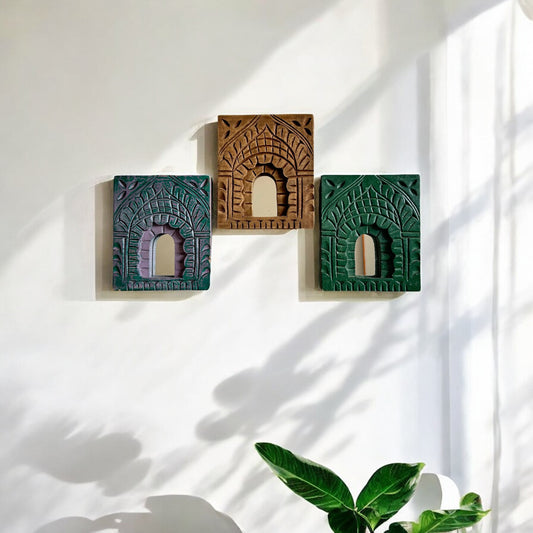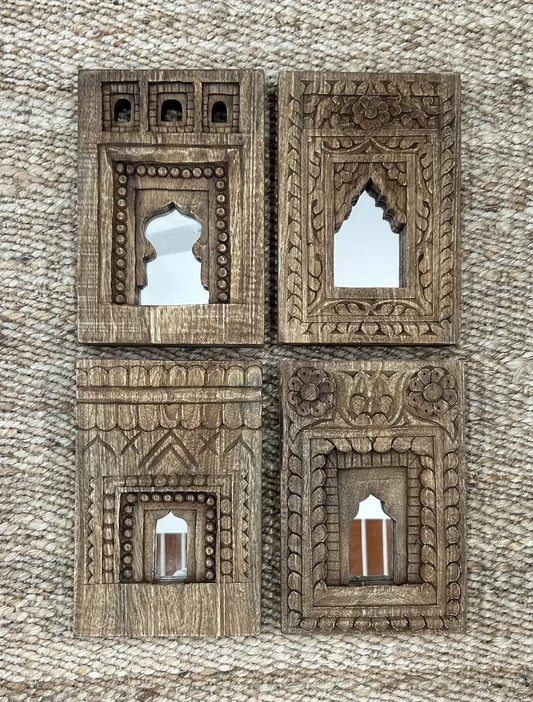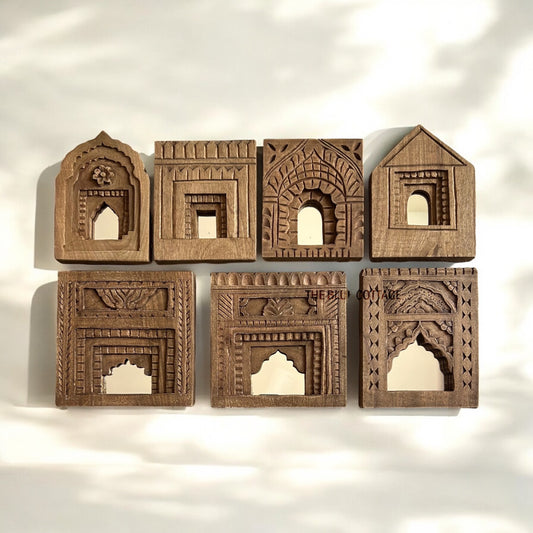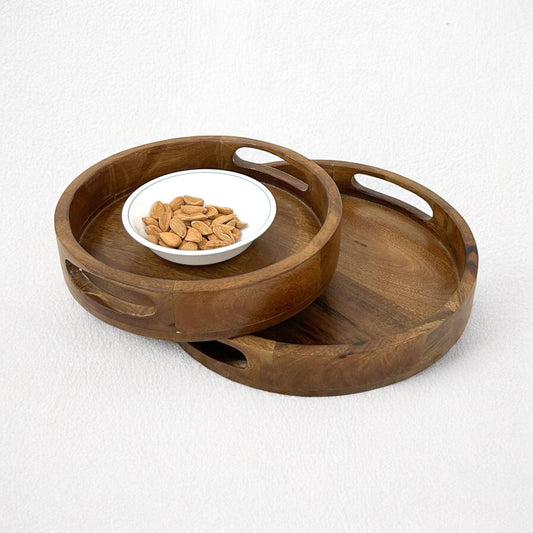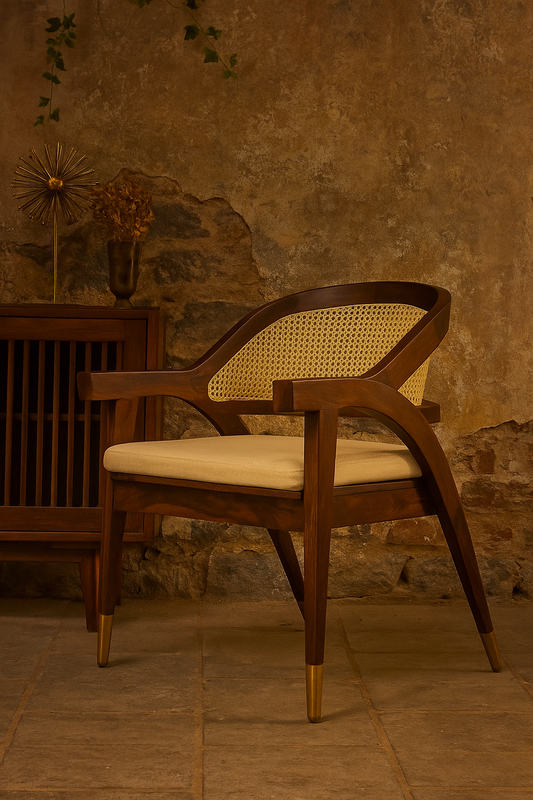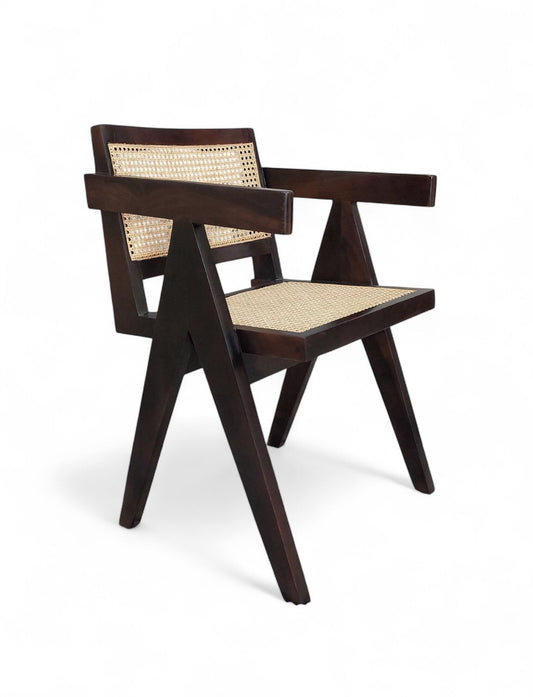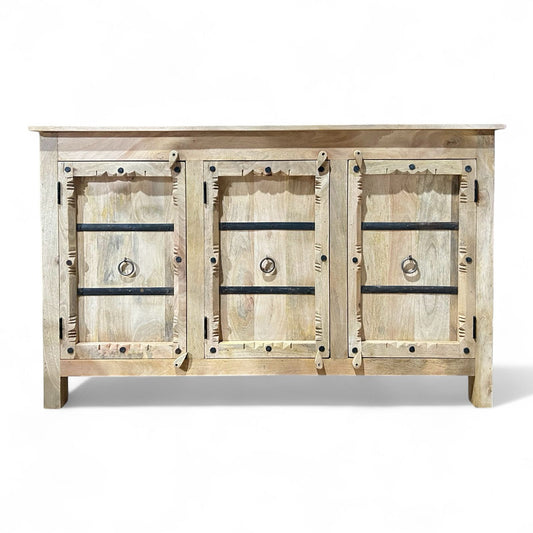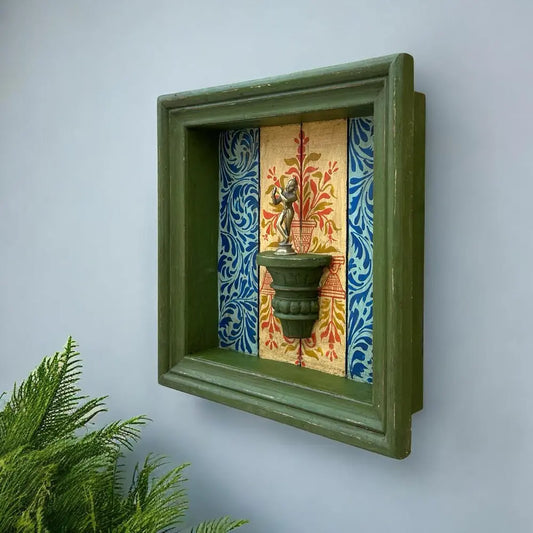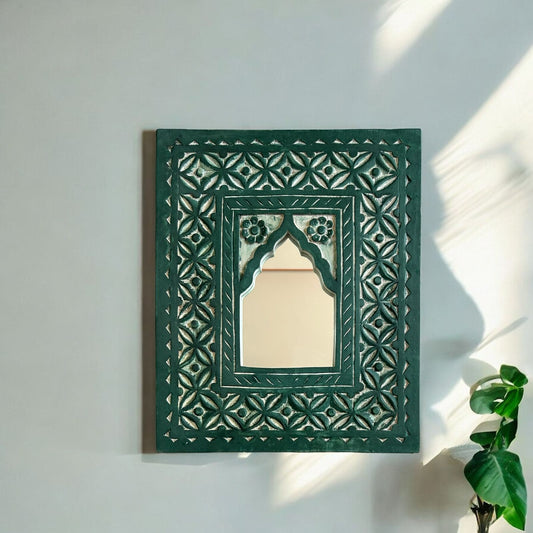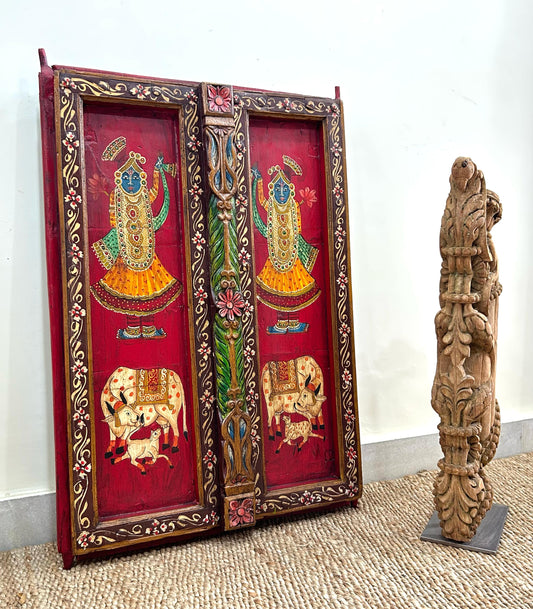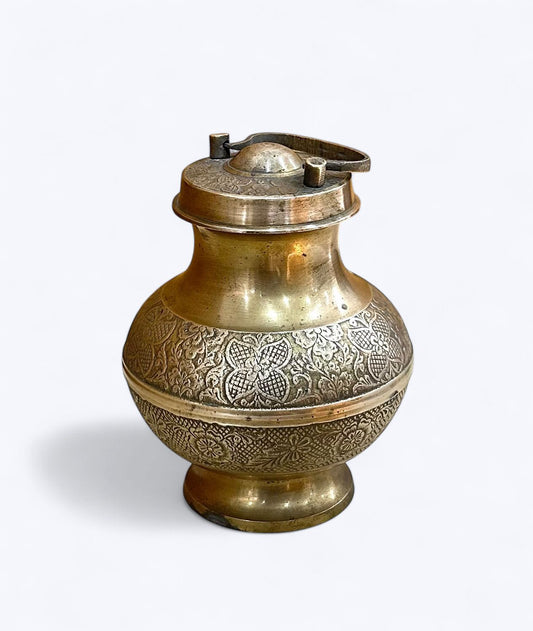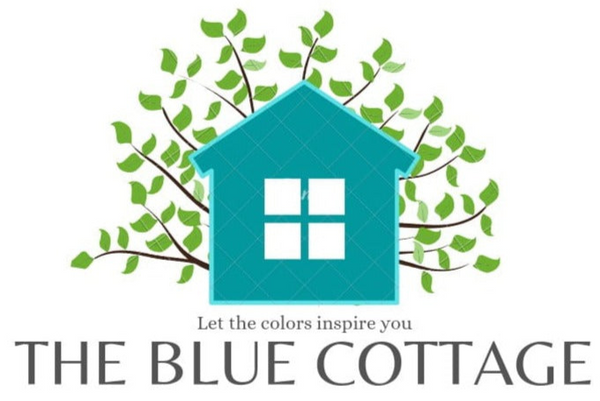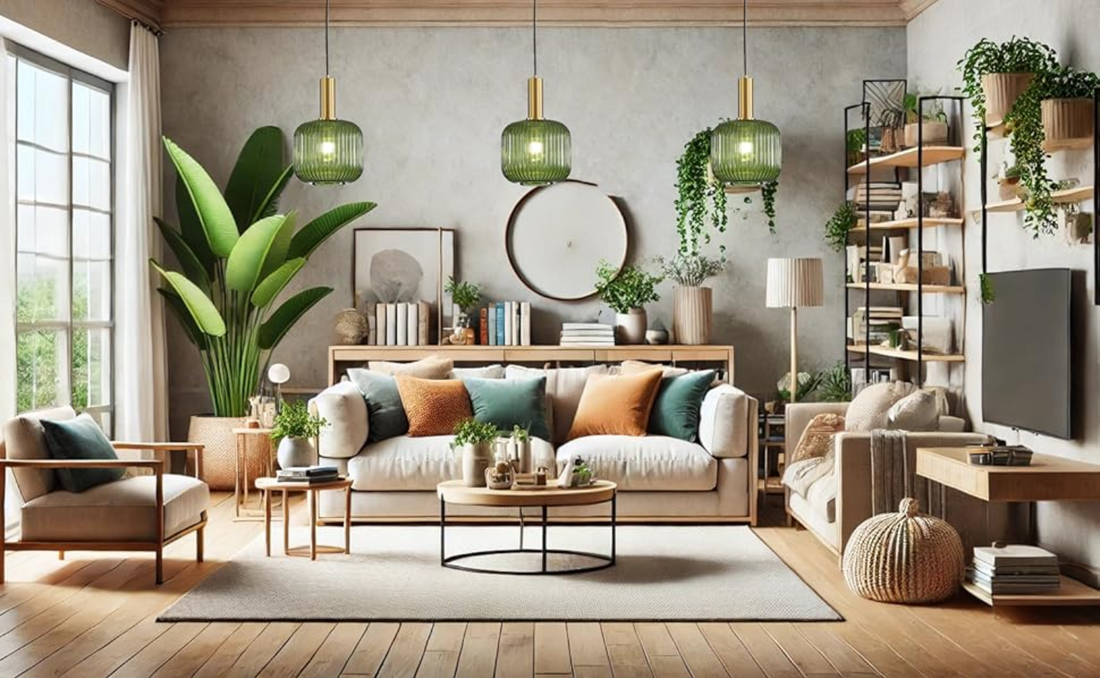
Sustainable Vintage Home Decor Trends Blending Tradition and Modernity in 2025
Sustainable vintage home decor is redefining interiors in 2025 by combining the style of the past with the idea of an eco-friendly modern. This tendency focuses on used resources, craftsmanship, and the classic designs that respect tradition and still easily fit in the contemporary lifestyle. The homeowners are displaying a growing preference in items that minimize environmental damage, including the upcycled furniture and natural fabrics, which make their spaces both retro and futuristic. Based on the current trends, and with a long history of India, this movement will help embrace longevity rather than disposability, incorporating the rustic features with smooth functionality into the homes, which reflect individual histories.
Reviving Tradition Through Reclaimed and Natural Materials
The reclaimed wood and the raw materials such as stone, clay, and bamboo are the main elements of sustainable vintage decor in 2025. These features bring back the traditional crafts, which reminds the warmth of the old Indian furniture or mid-century furniture of Europe. Reclaimed wood, which is obtained out of old buildings or felled trees, helps in avoiding deforestation and gives it certain aged patinas which age beautifully. An example is a console table designed to look vintage, but instead of teak, the table is made of salvaged wood, with knots and grains telling a story on how to be sustainable.
This is further promoted by natural textiles. There are organic cotton, hemp and jute rugs or throws, which are frequently hand woven with block-print patterns and create texture and cultural interest. Biophilic design incorporates house plants in antique pots, which has created an association and closeness with nature and also enhances the air quality. Recycled products, such as glass or metal-reformed lamps, bring a pleasantly vintage touch, such as solar-powered lanterns with a colonial touch, but with energy-efficient LED lamps. The decisions are in line with zero-waste, which will decrease the landfills contributions and grow artisan communities with fair-trade.
The Blue Cottage exemplifies such ethos by selecting handmade, reused art, which incorporates Indian vintage craftsmanship with sustainable procurement, so it is not difficult to find some authentic bits and integrate them into this or that environment.
Infusing Modernity with Eco-Innovations and Minimalist Aesthetics
Minimalism and clever incorporations bring modernity into the picture, so that the vintage decor does not seem outdated and actually works. By 2025, the use of organic shapes in curved furniture will imitate natural forms that will create flow in open plan houses. Appliances and paints that are energy efficient and those with low VOCs are an add to the vintage items such as combining a reclaimed wood shelf with intelligent lighting to create ambient light.
This combination fosters customization combining a mirror in the 19th century with modern abstract painting or recycling old fabrics as cushions. Such fashions as stainless steel accents or porcelain tiles provide the slightest gleam and balance between the warm and the lines. The result? Interiors that are versatile, from cozy bedrooms to multifunctional workspaces, all while prioritizing the planet.
Being sustainable in the use of vintage furnishings in 2025 does not only imply style; it is also a promise to a sustainable living. By merging the spirit of tradition and efficiency of modernity with the effect that you will have long lasting, environmentally friendly havens that would motivate and last.
